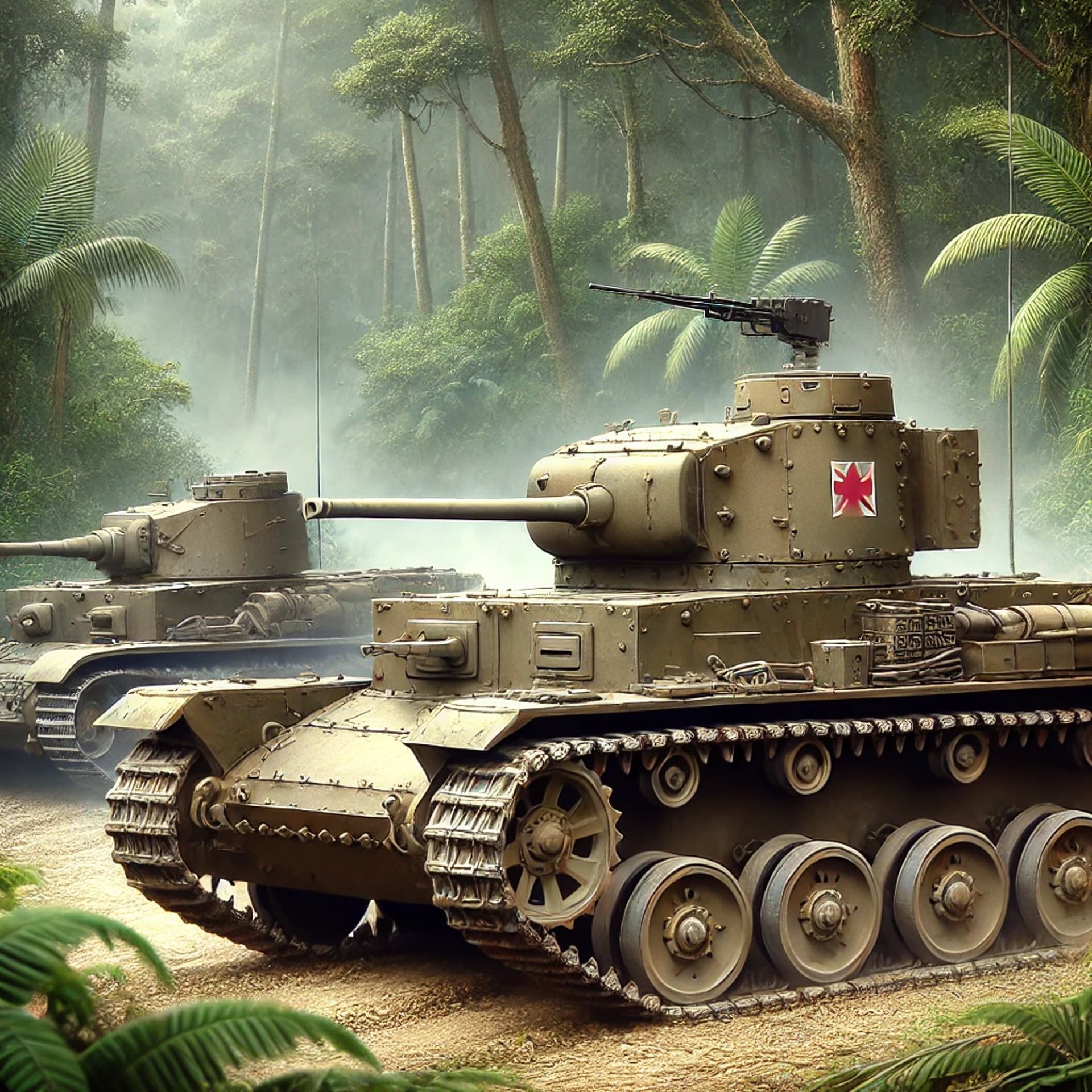
You didn’t come this far to stop
A Closer Look at the Japanese Armor in Malaya, 1941
Episode 31: A Closer Look at the Japanese Armor in Malaya, 1941
The Japanese invasion of Malaya in December 1941 featured two key tanks: the Type 95 Ha-Go Light Tank and the Type 97 Chi-Ha Medium Tank. Both tanks played a crucial role in their rapid and successful campaign. This blog will delve into the technical specifics of these tanks, comparing their capabilities and impact in the Malayan theater.
WW2 HISTORYDESCENT INTO HELLIN THEIR FOOTSTEPS BLOG
Toursofwar.com
8/13/20243 min read
Characteristics of the Type 95 Ha-Go
Type 95 Ha-Go Light Tank
The Type 95 Ha-Go was Japan’s main light tank used throughout World War II, including during the Malaya campaign. Though it was lightly armored and under-gunned compared to contemporary tanks, its speed and mobility gave it an edge in jungle and urban warfare, especially in Southeast Asia.
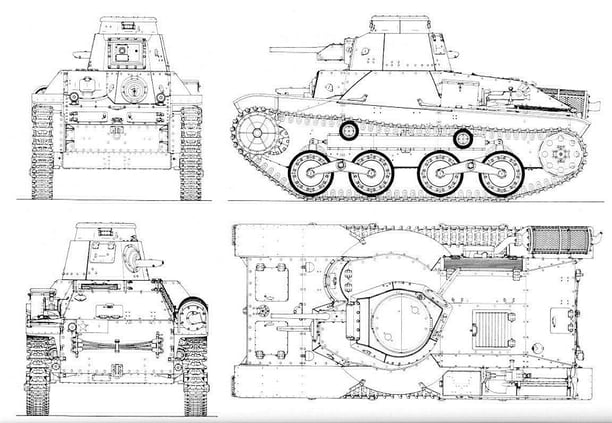

The tank was effective in its role as a light tank, able to quickly traverse rough terrain, although it suffered from thin armor and a small-caliber main gun, making it vulnerable to heavier enemy armor.
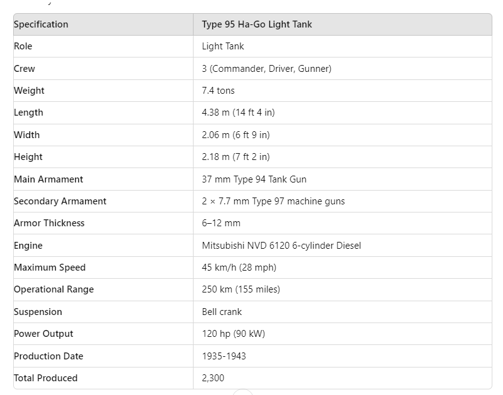

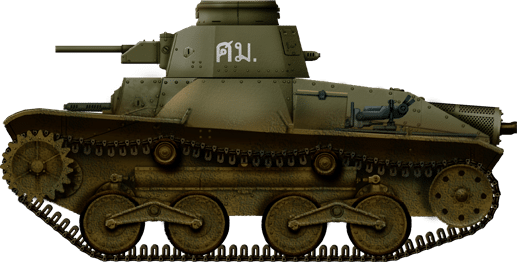

Did You Know?
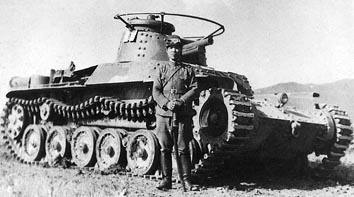

The Type 97 Chi-Ha was one of the most effective tanks used by the Japanese in the early stages of World War II. It was designed to take on infantry, not other tanks, which explains why its main armament, the 57mm gun, was geared more towards infantry support than tank-on-tank combat.
Features of the Type 97 Chi-Ha
Type 97 Chi-Ha Medium Tank
The Type 95 Ha-Go was Japan’s main light tank used throughout World War II, including during the Malaya campaign. Though it was lightly armored and under-gunned compared to contemporary tanks, its speed and mobility gave it an edge in jungle and urban warfare, especially in Southeast Asia.
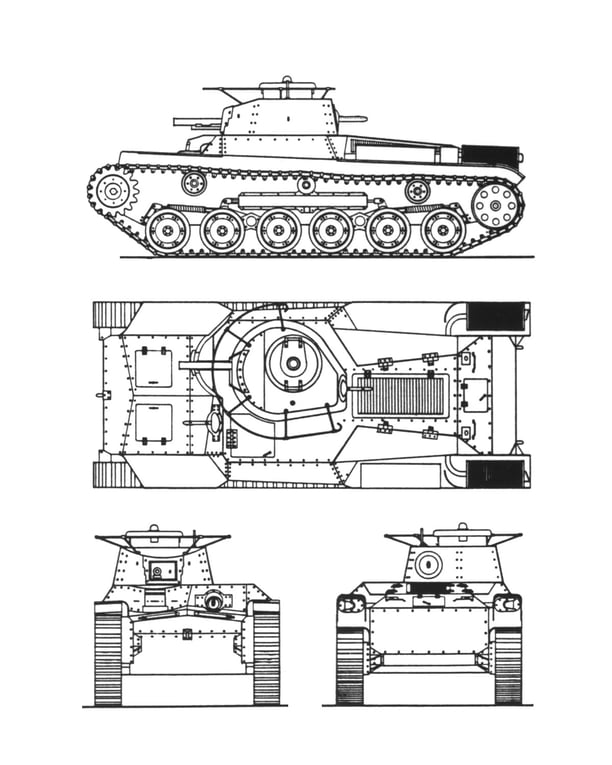

The Type 97 Chi-Ha was considerably more powerful than the Type 95 Ha-Go, with thicker armor and a larger gun, which proved beneficial in open combat situations and against fortifications.
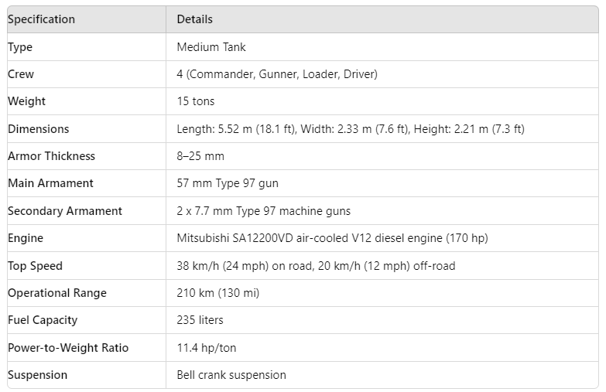

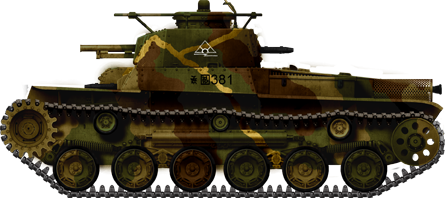

Comparing the Type 95 Ha-Go and Type 97 Chi-Ha
Comparative Performance in Malaya
Both tanks served different roles in the campaign. The Type 95 Ha-Go was ideal for rapid maneuvers and jungle warfare, while the Type 97 Chi-Ha excelled in firepower and protection, making it more effective in pitched battles.








Conclusion
In the Malayan campaign, the Type 95 Ha-Go and Type 97 Chi-Ha tanks played essential roles in the rapid advance of Japanese forces. While the Ha-Go was effective in fast, mobile operations, the Chi-Ha offered the firepower and armor necessary for more direct confrontations. Together, they provided the Japanese Army with a versatile armored force capable of adapting to various combat conditions.
How You Can Help
Donations and Sponsorships: We are seeking corporate sponsorships and donations to fund ongoing restoration projects and educational programs. Your support can make a significant difference in maintaining the quality and impact of the museum.
Volunteer Opportunities: If you have expertise or time to offer, consider volunteering with us. There are many ways to get involved, from artifact restoration to educational outreach.
Spreading the Word: Share this blog and our mission with your network. The more people who know about the JEATH War Museum and its significance, the greater the impact we can achieve together.
The St Andrews Research Team is dedicated to preserving the legacy of the Thai-Burma Railway and the memories of those who suffered. We need your support to continue our work. There are several ways you can help:
Join the Cause!
If you or someone you know is interested in supporting this cause, please get in touch.
This is a chance to be part of something truly meaningful and impactful.
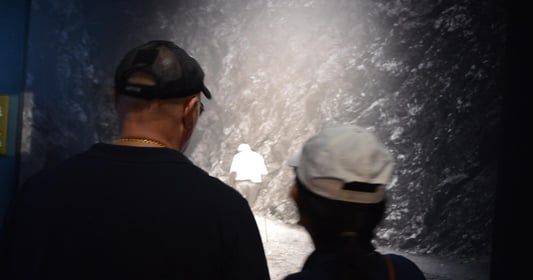

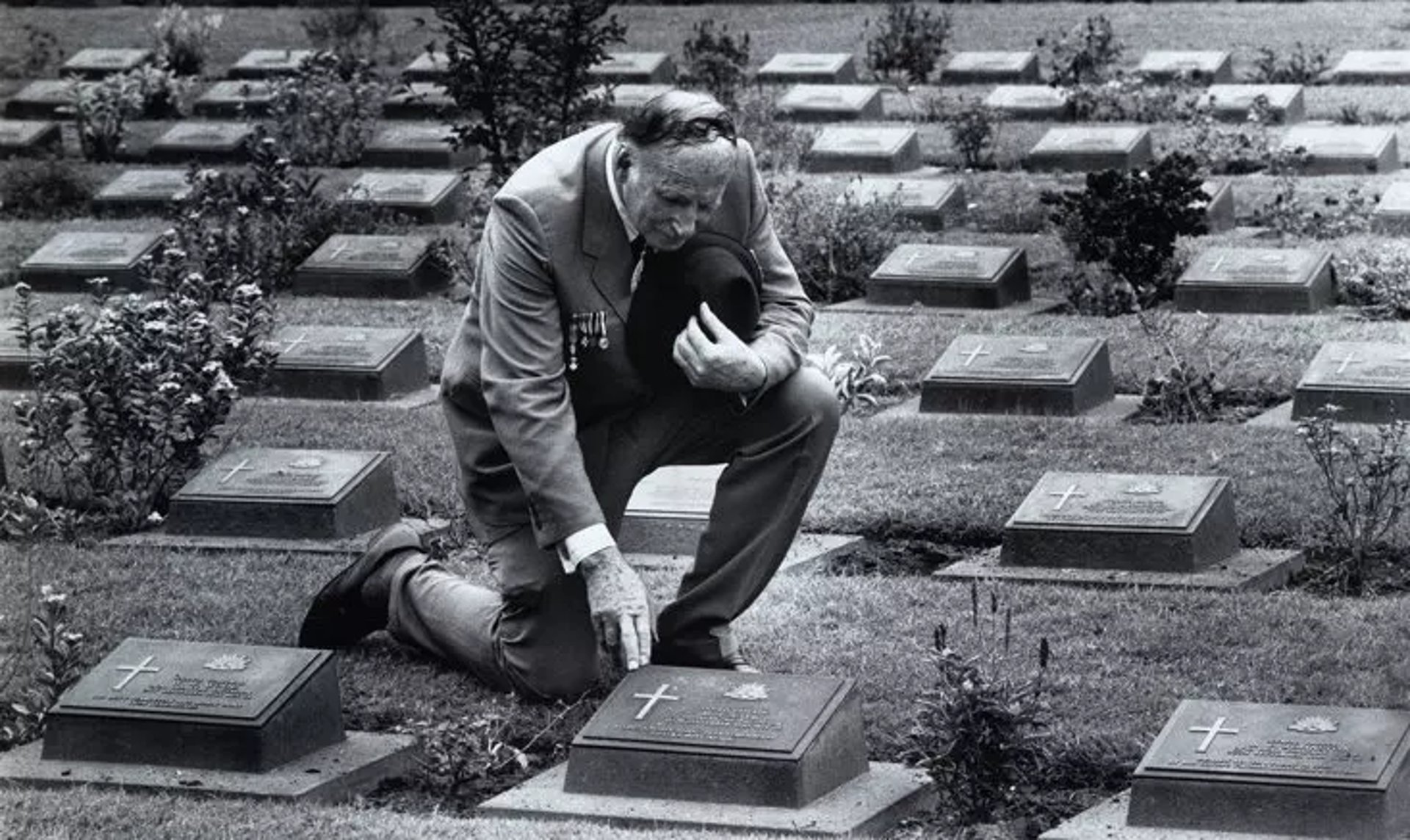
Together, We Can Make a Difference!
This is a veteran-run project, and we need your help to make it happen. Stand with us in honoring the legacy of the POWs and ensuring their stories are never forgotten.
